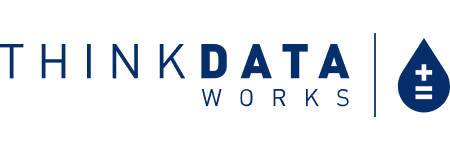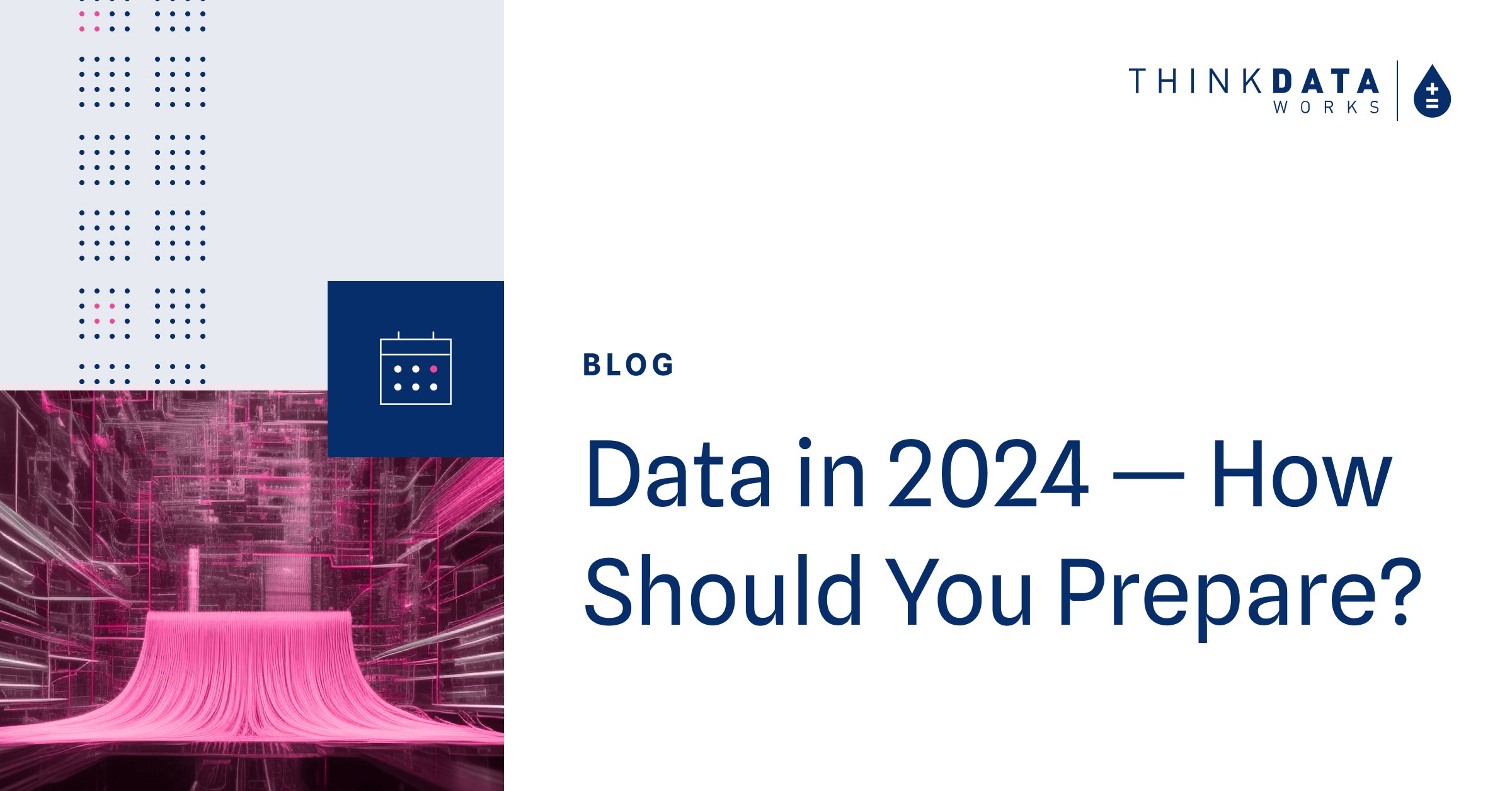4 min read
4 min read
Why You Needed to Start Using External Data Yesterday
Tim Lysecki
October 28, 2021 2:07:53 PM EDT
There’s an impossible amount of information thrown at us every day. Our jobs, calls, emails, news media, dashboards, more emails, Slack, LinkedIn, and all the rest all take up a substantial portion of our mental energy. But, without that information coming in, we’d be clueless about our surroundings. We’d have nothing but our own thoughts to think, knowing only we can observe first-hand.
Data isn’t far off from this. If you’re not paying attention to broader signals from beyond what you can observe on your own, you’re missing the majority of what’s going on in the world.
On top of the information coming in, you need a logical channel for it and a standard way to connect to it (just like you’ve got a phone for calls, texts, and let's face it, basically everything else).
Your business needs external data to thrive, and a standard way to connect to it. Here’s why using external data efficiently should be your top priority right now.
The companies using external data are already growing rapidly
The numbers are in and the companies taking advantage of external data at scale are dominating their competition. Capgemini reports that using external data gives companies twice the market capitalization and up to 14x higher fixed-asset turnover. They’re also generating an incredible 37% more revenue per employee.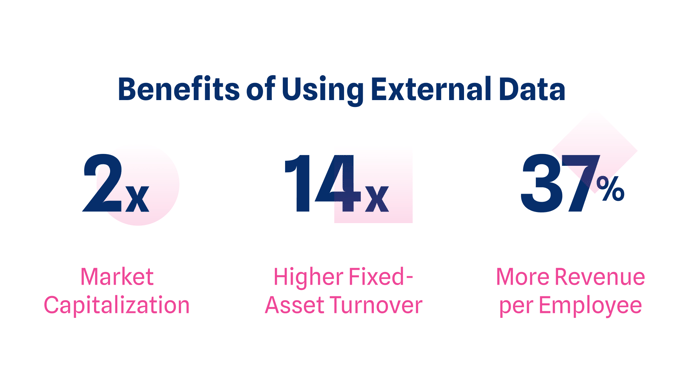
What else could give you that kind of advantage? External data is a unique opportunity, and the longer organizations wait to embed it into their processes and culture, the farther behind they'll get.
Knowing its value, why are organizations slow to adopt this new resource?
For starters, it's incredibly difficult to find and connect to data that exists outside the four walls of your organization. Using external data brings overhead costs with it, which can be a major barrier to entry if you're just experimenting. Organizations will try one-off, standalone campaigns intended to prove out the value of external data. But it's rarely as transactional as "find dataset; analyze; profit."
The companies mentioned in the Capgemini study above are connecting to more than seven external data sources. That means they're not thinking of one-off use cases – they're seeing the big picture. How you find the data, how you connect to it, how you purchase it, share it, analyze it, monitor it, and link it to your own data are all critical components of something bigger.
That mindset of sustainable growth is key. Recently, ThinkData helped an organization audit their external data consumption. As it turns out, they were purchasing the same dataset multiple times in different business units. By installing a central point of access and an organization-wide external data catalog, ThinkData helped the company save more than $1M per year while increasing, not decreasing, access to the data.
Infrastructure and culture need to be built before you can reach the potential ROI
The Field of Dreams principle (“if you build it, they will come”) has a corollary – if you don’t build it, they won’t come; and even if they show up, they won’t be able to do anything.
Granted, it’s not quite as catchy as the line from the movie, but it’s true: without the practices, rules, and pathways laid for external data use, you’ll never tap the full value of the data your teams are using.
There’s a positive correlation between money and time spent on data acquisition when compared against the number of data vendors a given organization engages. Basically, with every new source of data, your costs increase linearly. You need more hours from more employees, and talent becomes your biggest bottleneck, so it's easy to see why there's a perceived talent shortage in data science. Without economies of scale, your data acquisition model will never allow you to expand efficiently.
From a cultural perspective, it's a bit tricky to wrap your head around at times: more transparency, but also more security. A central mechanism for data access, though, provides just that – a way for more people to know what's available to them with smaller margins for error, infractions, and data mishandling.
Having everybody buy into a culture of data sharing and accessibility means that data becomes easier to find, easier to use, and easier to turn into insights.
Thinking about external data helps you use internal data better
Streamlining purchasing and access, automating prep and processing, and making data sharing easy doesn’t have to begin and end with data from other places.
Usually, organizations have reams of siloed data, meaning yes, you have external data within your own company (something we’ve discussed before). Because it might not follow the same standards, conventions, or access methods as your own data, it can be treated like external data – made visible to anyone and accessible when needed.
Also, when you’re spending on data, you want to make sure you get your money’s worth. That means that your approach to external data needs to be, 'how do we get this into as many hands as possible?'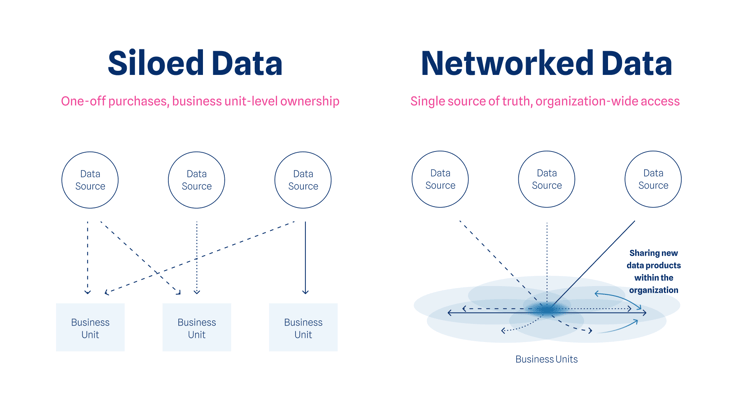
Internal data should be the same! Gone are the days when 'siloed by default' is best practice. Your organization needs to be able to get more out of the data you’ve got access to, no matter where it comes from.
“There are plenty of organizations that have failed despite having massive data warehouses and big analytics investments,” says Matthew Miller, product management senior director at Tableau. “Turning into a data-driven organization means you have got to...get that data unencumbered into the hands of the people that can be creative and effective with it.”
No matter what amount you spend on data feeds, massive warehouses, slick ETLs, or impressive dashboards, you're not running at 100% efficiency if you can't put the data in you're gathering/buying into capable hands.
You need to know how data monetization is possible
Making money from data isn’t new, of course. Bernard Marr has outlined a few ways to monetize data in clear and simple language.
Companies everywhere are getting wise to the value of the data they generate as a byproduct of everyday business. When you start to expand your data consumption, you find new ways of using the data you’ve already got. When clean, packaged, and in compliance with government regulations, your own data is also a potential revenue stream that can be turned on almost instantly.
What does this mean for you? Well, it means you’re likely sitting on an untapped resource that could be used to generate new insights, savings, and revenue. It also helps you scout data in a new way – knowing that companies can turn data into a revenue stream, the possibilities for what kinds of data you can find and use start to get bigger and brighter.
The advantages are clear, and the companies using external data already are pulling ahead, fast. Safeguarding, supporting, and supercharging your data team means starting to use more data from more sources. The sooner you can manage it at scale, the better prepared you'll be for the future.
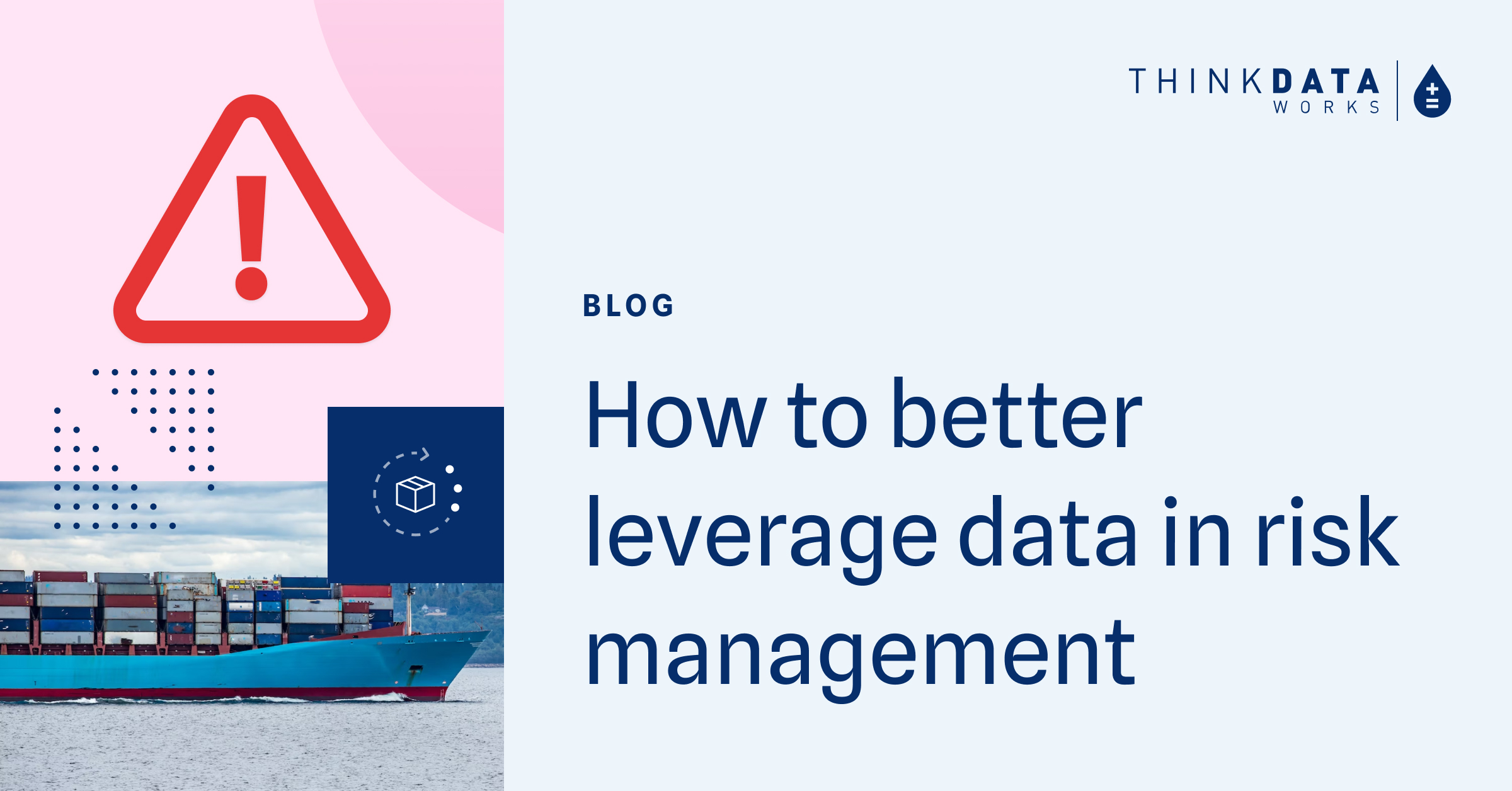
4 min read
How to better leverage data for risk management and crisis response
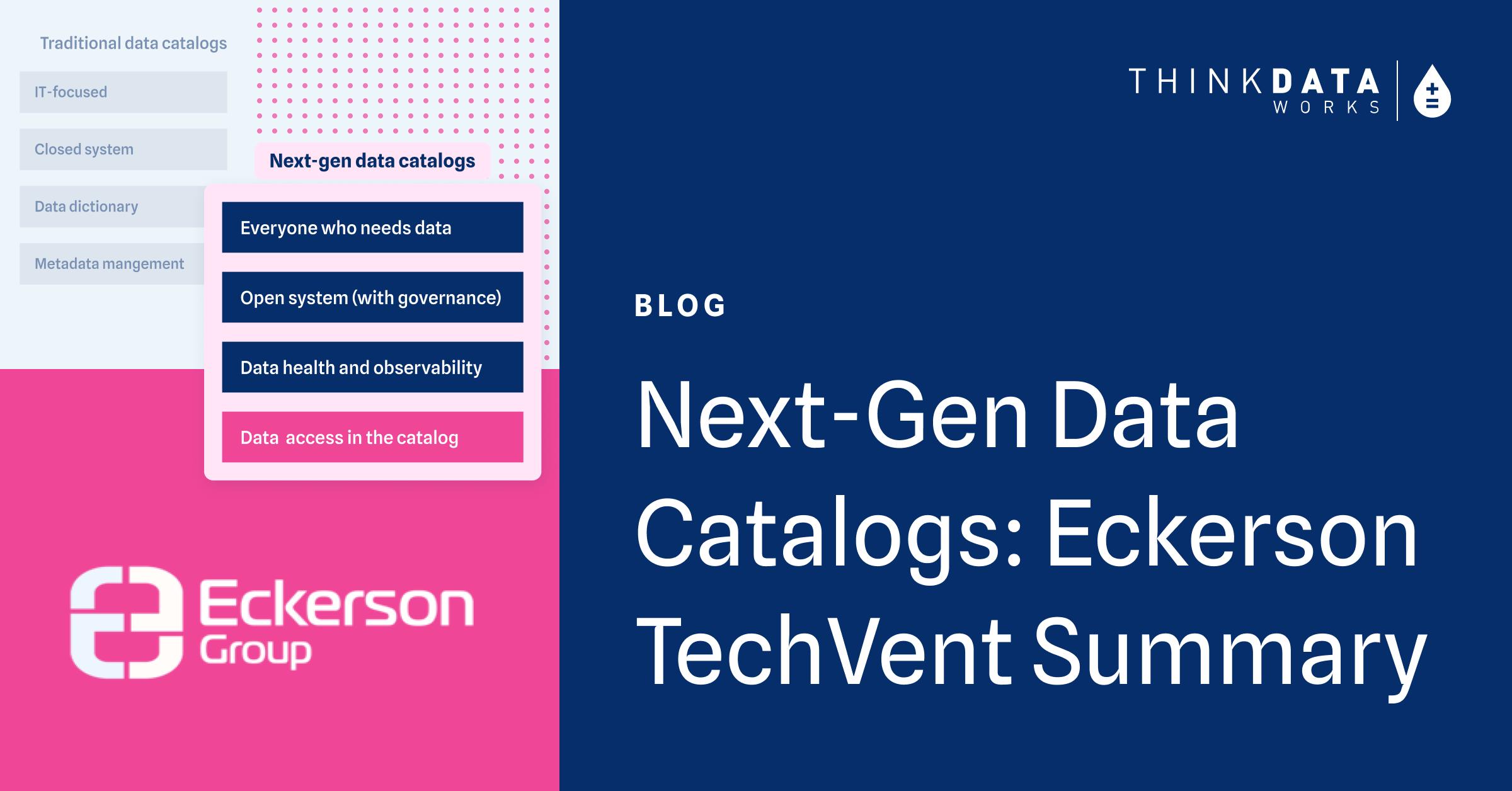
3 min read
